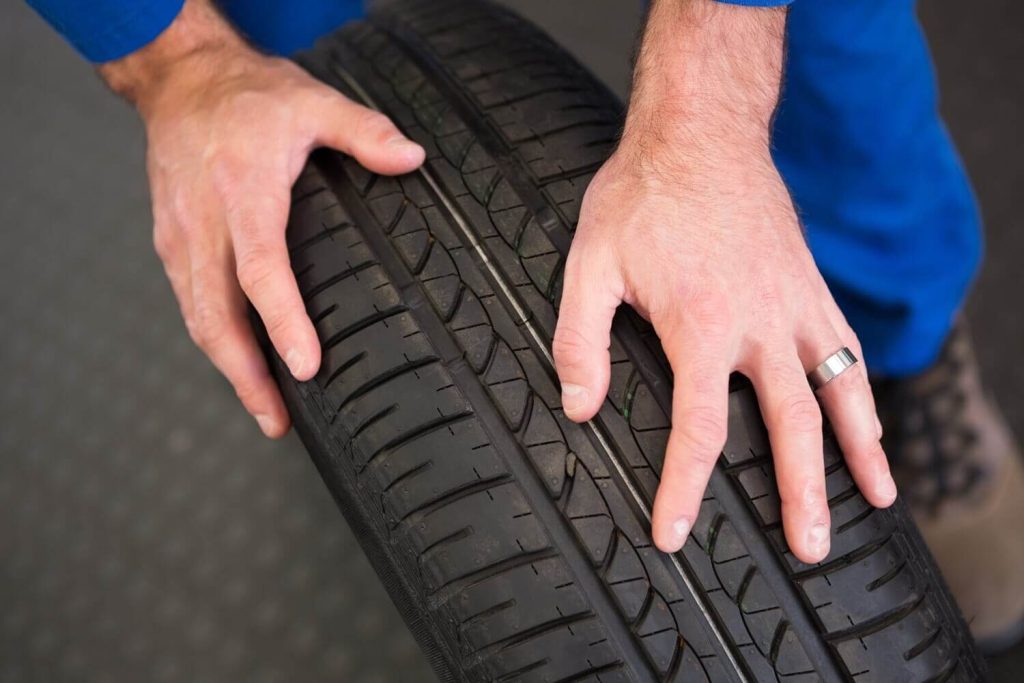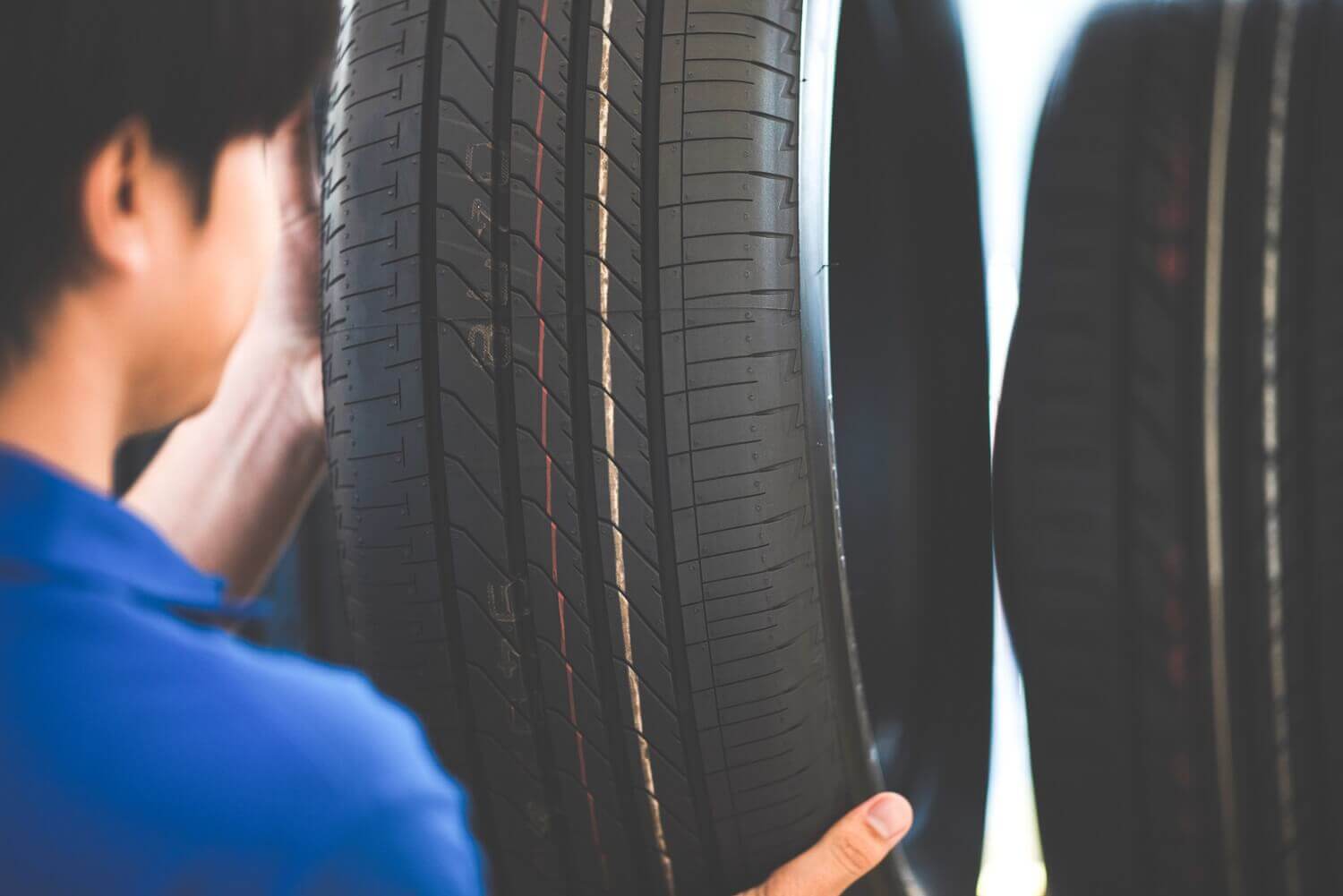Tires are one of the main components of a vehicle that play a crucial role in ensuring comfort, safety, and driving performance.
In the market, there are various types of tires with different designs and patterns. One element that affects tire performance is the tire tread pattern found on its surface.
Tire Tread: What is its Function?
Before identifying the types of tire treads available in the market, it is important to understand the basic function of tire treads themselves. Tire treads are rubber layers that directly contact the road surface.
The main function of tire treads is to provide good grip, balance, and traction needed during driving. Each type of tire tread is specially designed to meet specific requirements, depending on road conditions and vehicle usage.
Types of Tire Treads and Their Uses
- Block Tread: Block tread is a type of tire tread that consists of rubber lumps scattered along the tire surface. The primary function of block treads is to provide optimal grip on the road surface, especially during acceleration and cornering.
- Rib Tread: Rib tread is a type of tire tread that serves to reduce noise and improve grip during acceleration and cornering. Positioned strategically, these treads help achieve good balance during driving.
- Sipes: Sipes refer to the cuts made in the tire tread blocks. The main function of sipes is to channel water and prevent hydroplaning, especially in wet road conditions.
- Grooves: Grooves are empty spaces found around and on the top side of the tire surface. The function of grooves is to evacuate water from the tire surface and prevent aquaplaning. There are two main types of grooves, namely circumferential grooves and lateral grooves, which play a role in removing water from the tire surface.

Choosing the Right Tire Tread Pattern
In addition to understanding the types of tire treads, selecting the appropriate tread pattern is also crucial. There are several popular tire tread patterns, including:
- Symmetrical Pattern: The symmetrical tire tread pattern is uniform and commonly found on car tires, with the same pattern on both sides of the tire. This pattern has regular and uniform treads or blocks along the tire surface. The main advantage of the symmetrical pattern is its ability to provide stable and good grip on dry road surfaces, enhancing vehicle balance and handling.
However, symmetrical patterns are less effective in channeling water, increasing the risk of hydroplaning on wet roads. Nevertheless, due to their reliability in most road conditions and a good balance of comfort, performance, and durability, symmetrical tire tread patterns remain a popular choice among daily drivers. - Asymmetrical Pattern: Asymmetrical tire tread patterns have different patterns on the inner and outer sides of the tire. Typically, the tread blocks on the outer side of the tire are larger to provide better grip during cornering, especially on dry road surfaces.
On the other hand, smaller tread blocks on the inner side of the tire help channel water more effectively, reducing the risk of hydroplaning on wet roads. The main advantage of asymmetrical patterns is their ability to deliver optimal performance in various road and weather conditions, ensuring a balance of grip, comfort, and safety.
However, tires with asymmetrical patterns are more expensive and less durable compared to symmetrical patterns, but they are an ideal choice for users prioritizing high driving performance and safety in various road conditions. - Directional Pattern: The directional tire tread pattern is designed to rotate only in a specific direction. Typically, this pattern contains tread blocks or grooves that form arrow-shaped or V-shaped directions. This design aims to improve grip and water drainage on the road surface, especially in wet weather.
With more effective water drainage, the risk of hydroplaning can be reduced, providing users with confidence in controlling their vehicles even in slippery road conditions. Directional tire tread patterns are usually recommended for vehicles that frequently operate in wet weather or on slippery road surfaces, ensuring stable and safe driving performance.
Conclusion
In ensuring safety and driving performance, the selection of the appropriate tire tread pattern is crucial. Each type of tire tread pattern has its own uses and advantages depending on the road conditions and the user’s driving style.
Therefore, a deep understanding of the types of tire tread patterns and their uses is essential for every vehicle owner. By understanding the functions and advantages of each type of tire tread pattern, users can make the right choice and ensure safety and comfort during driving.





